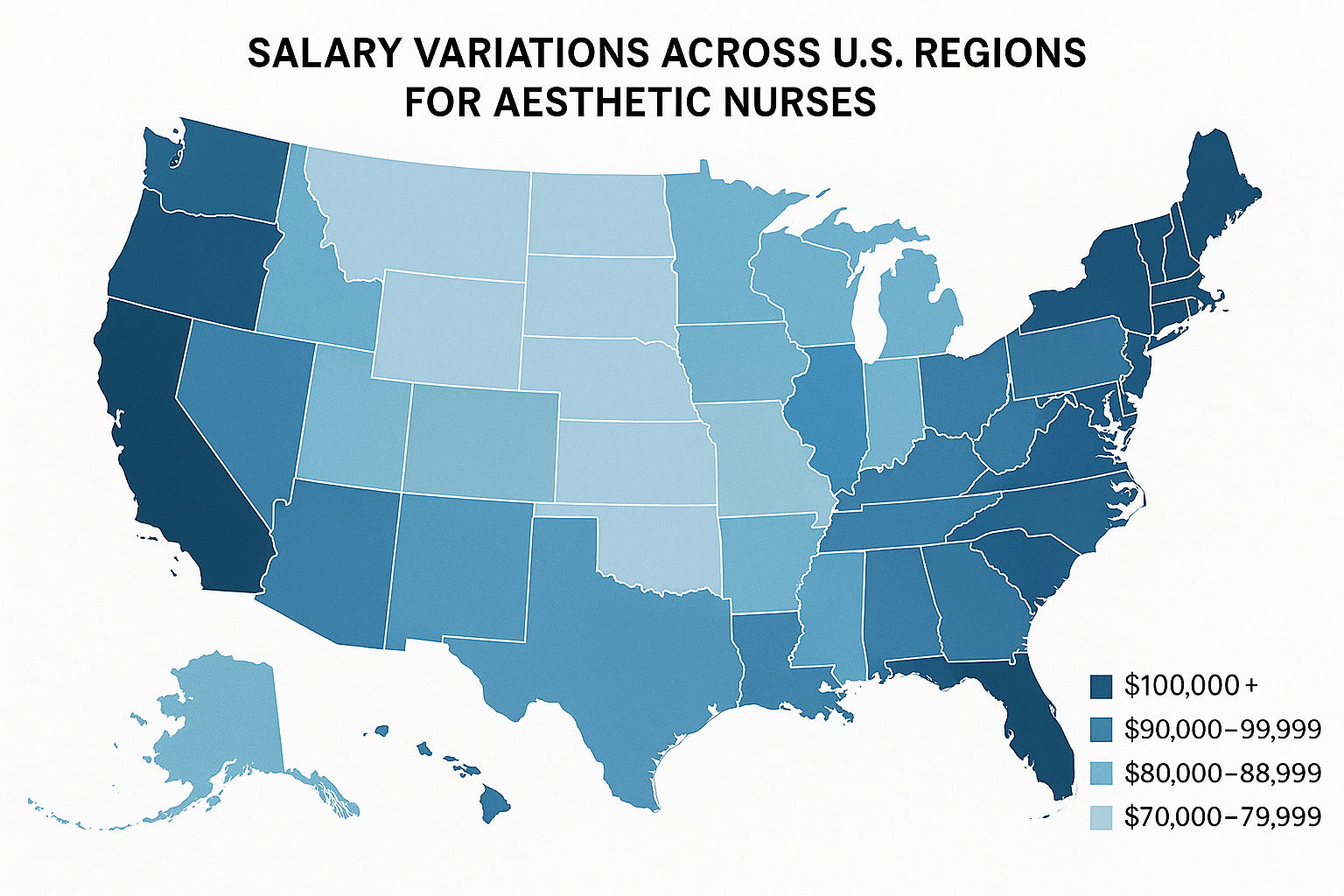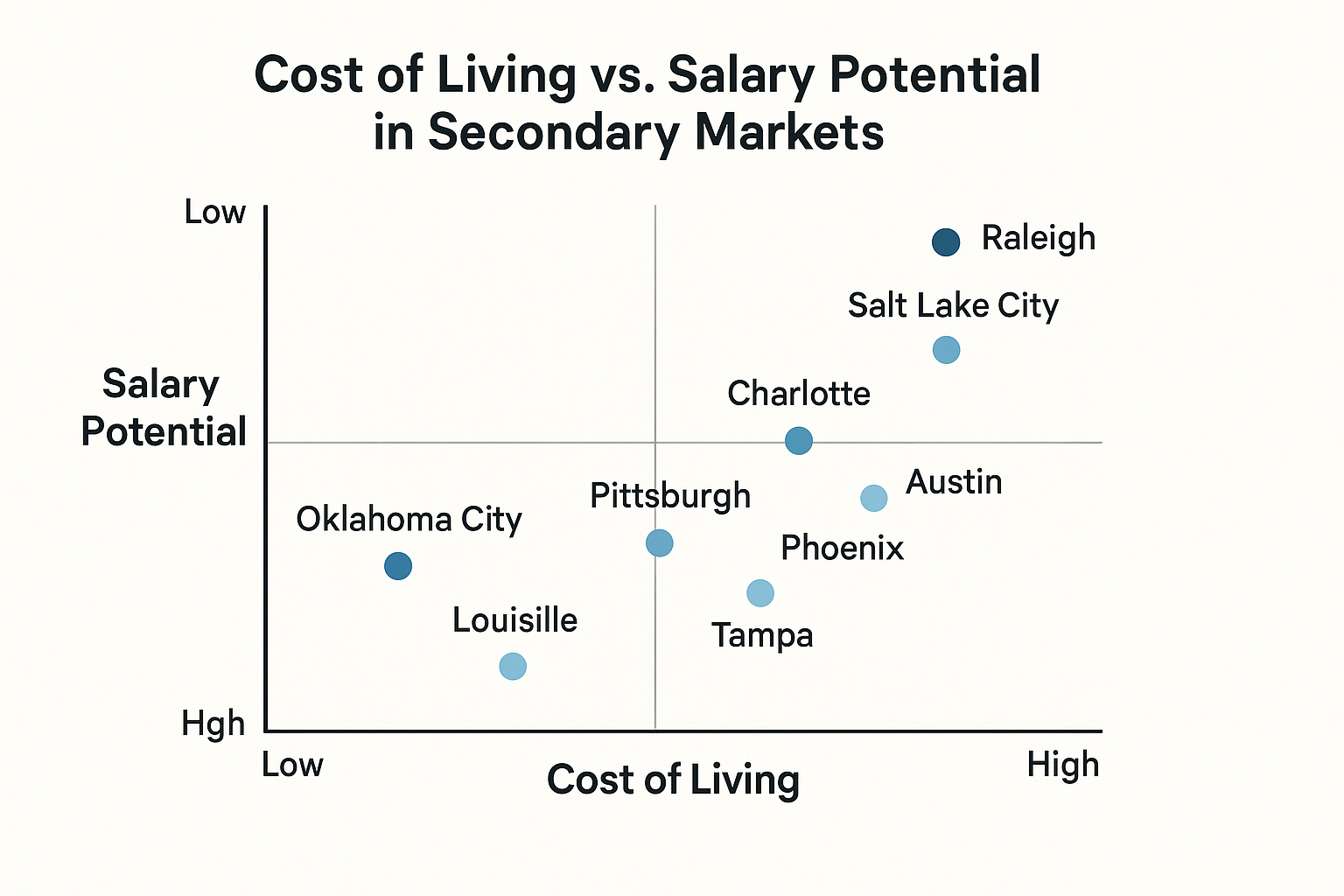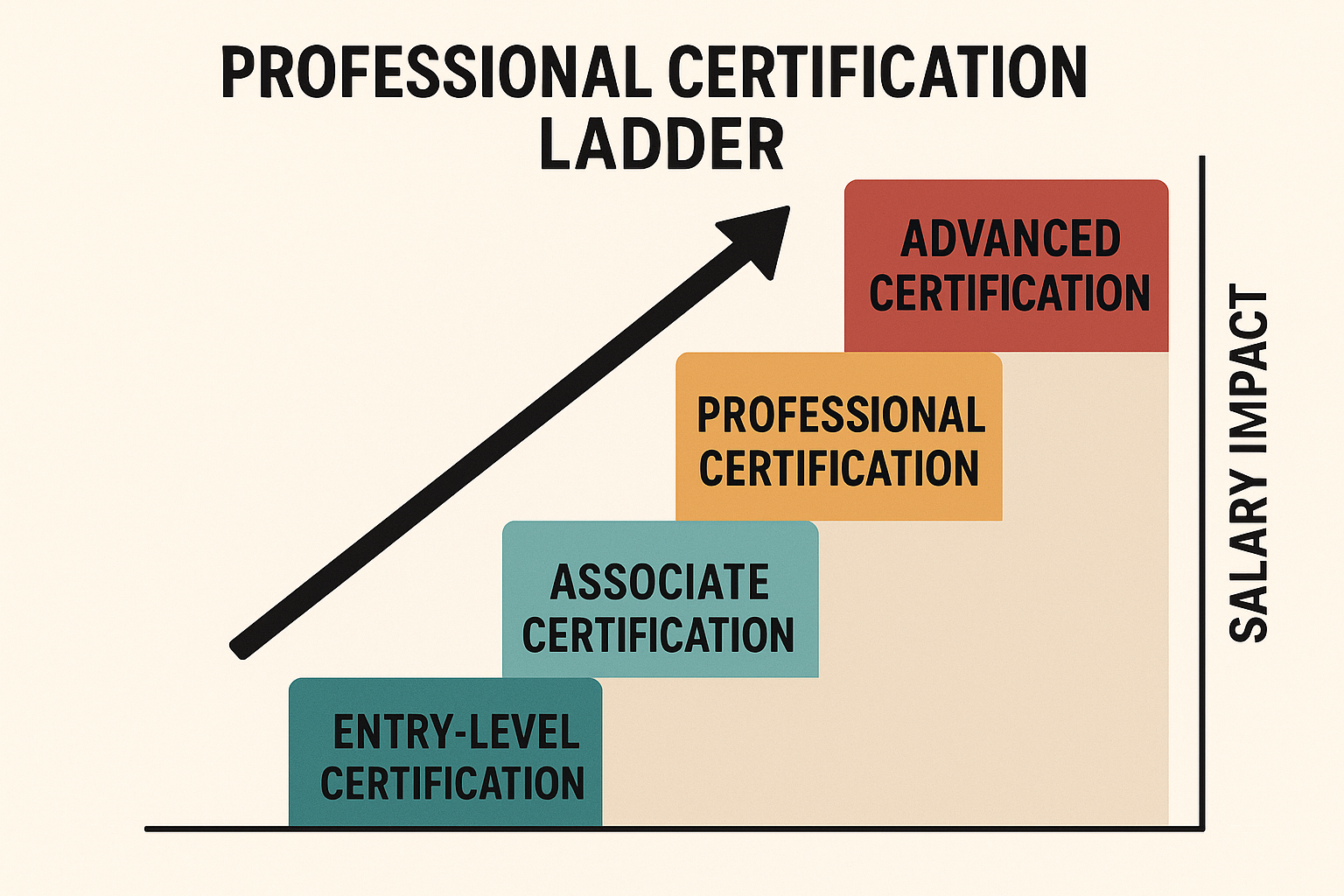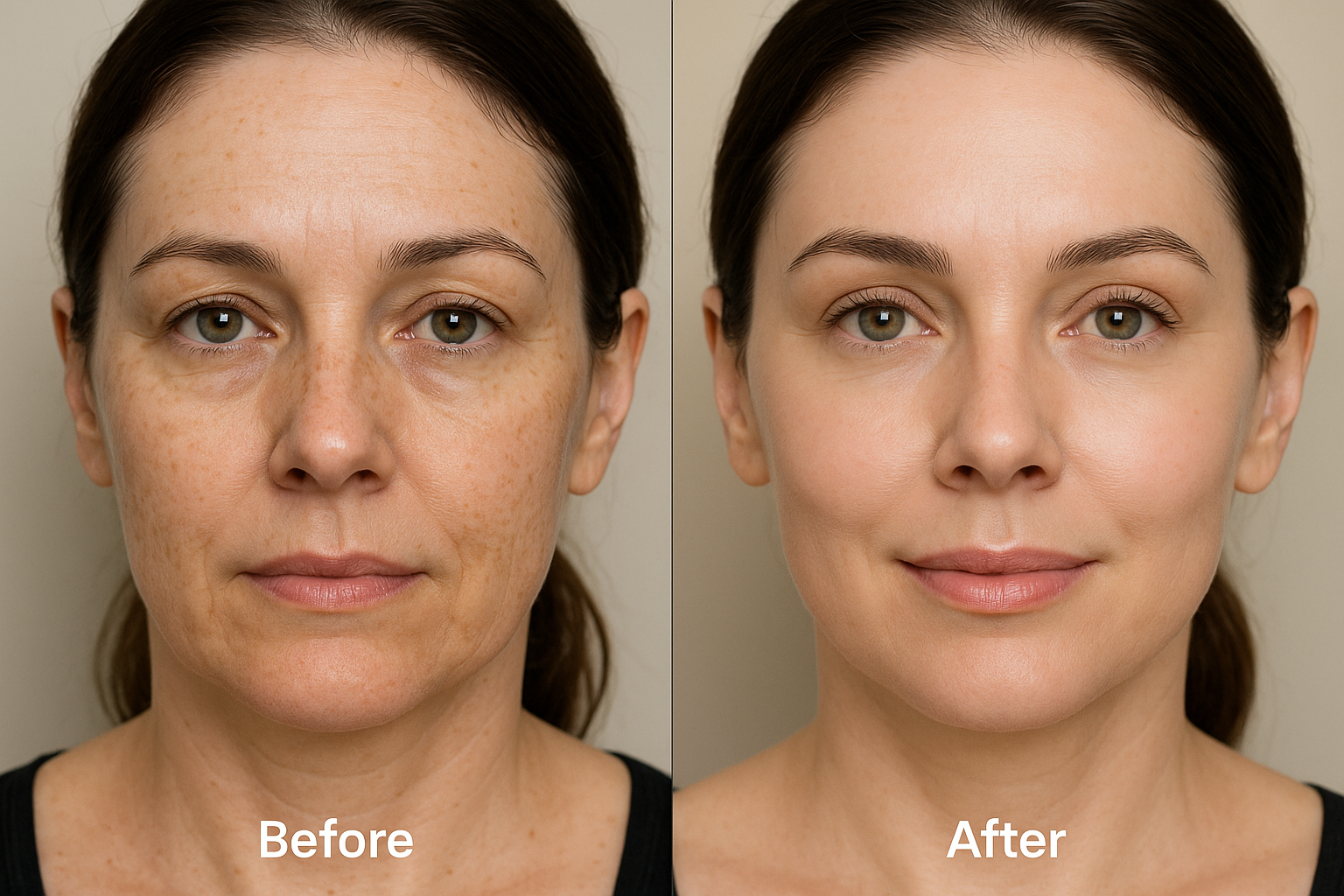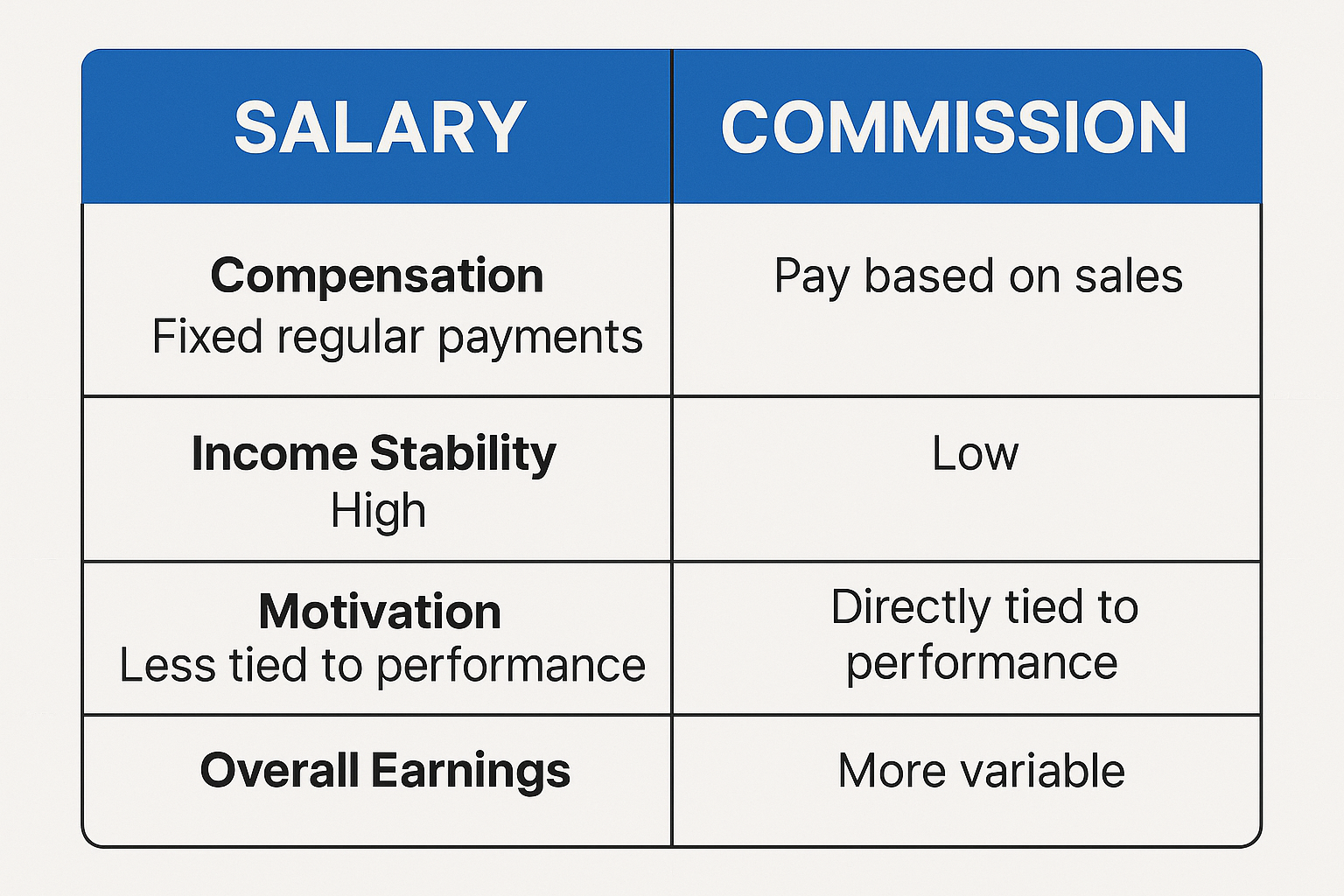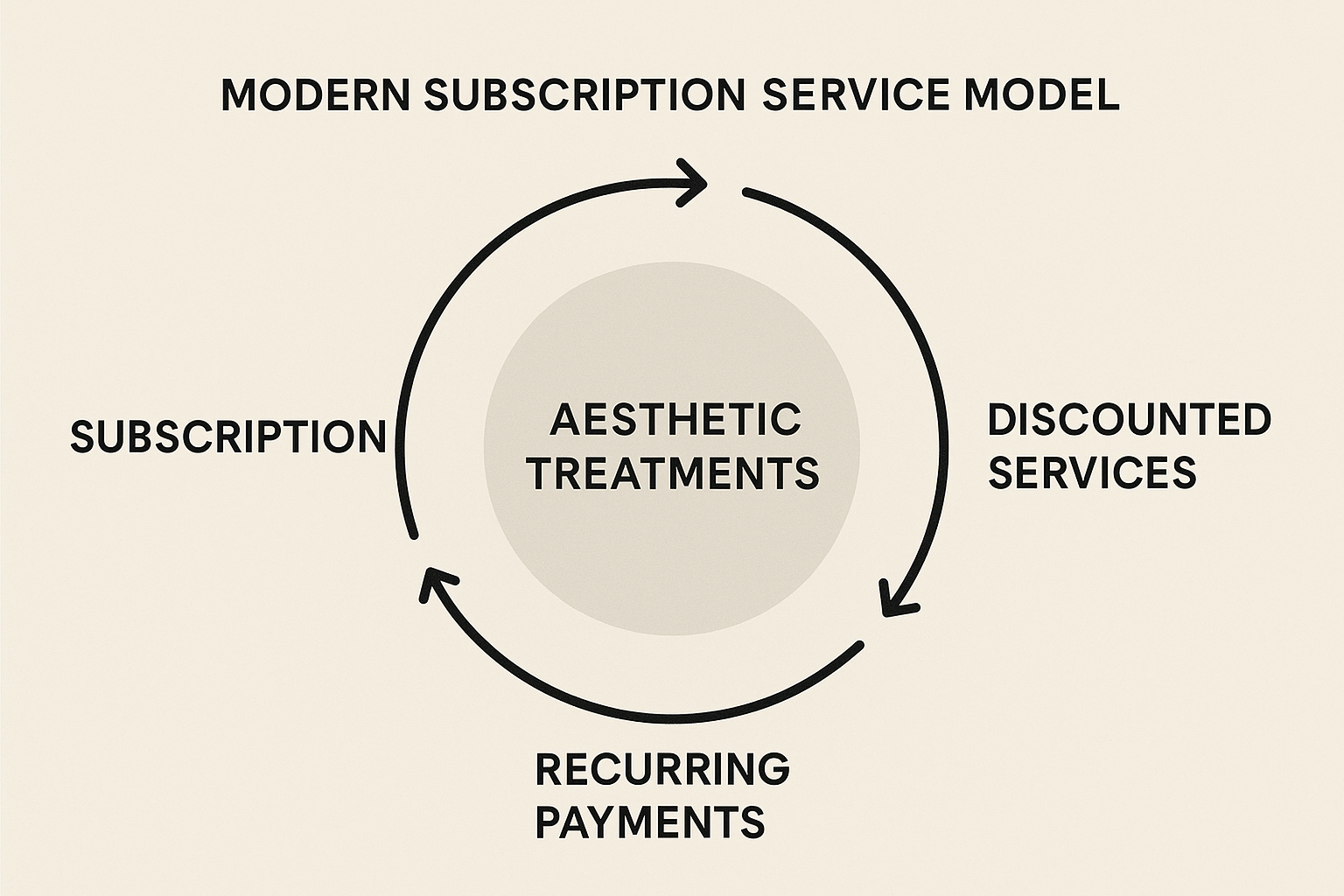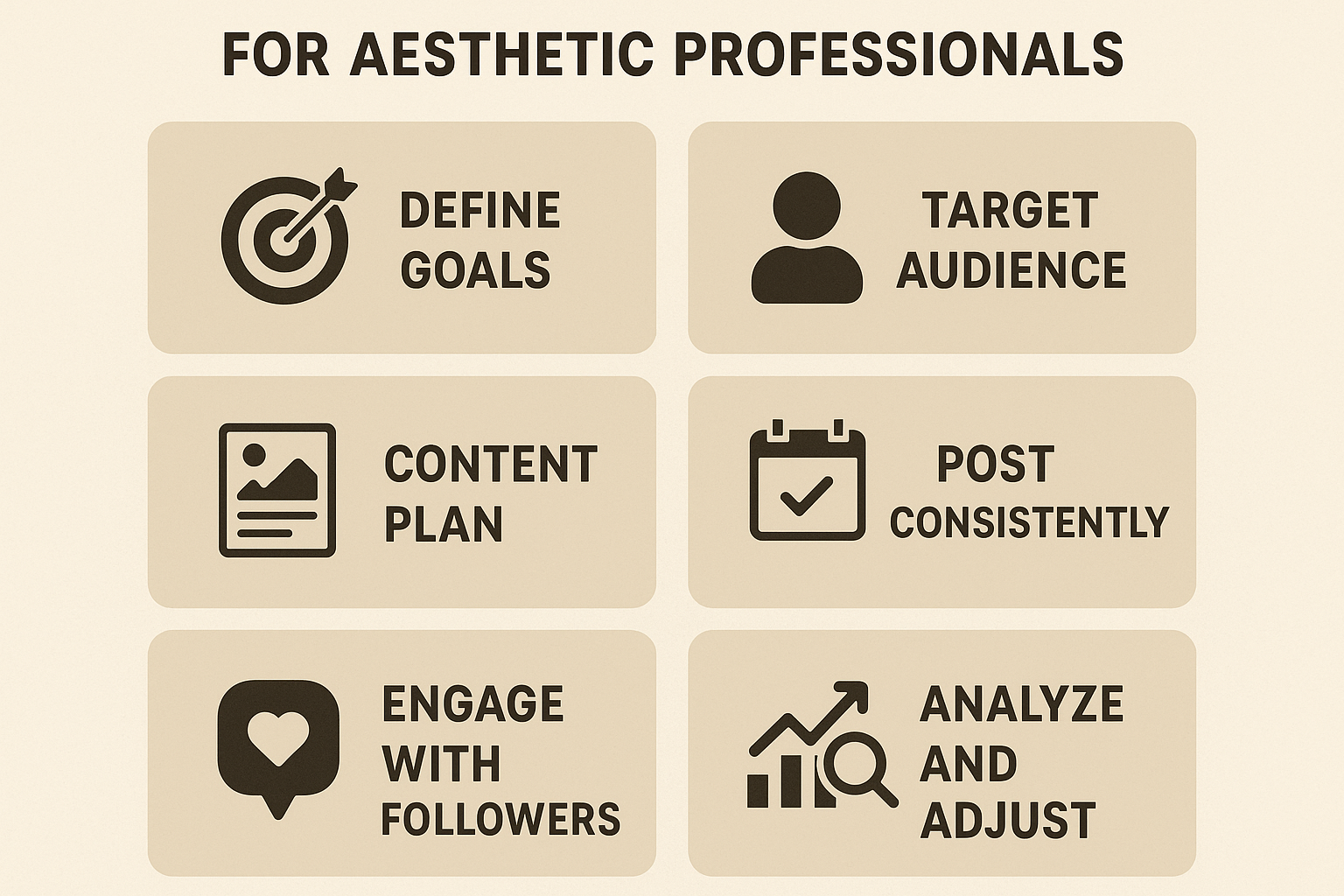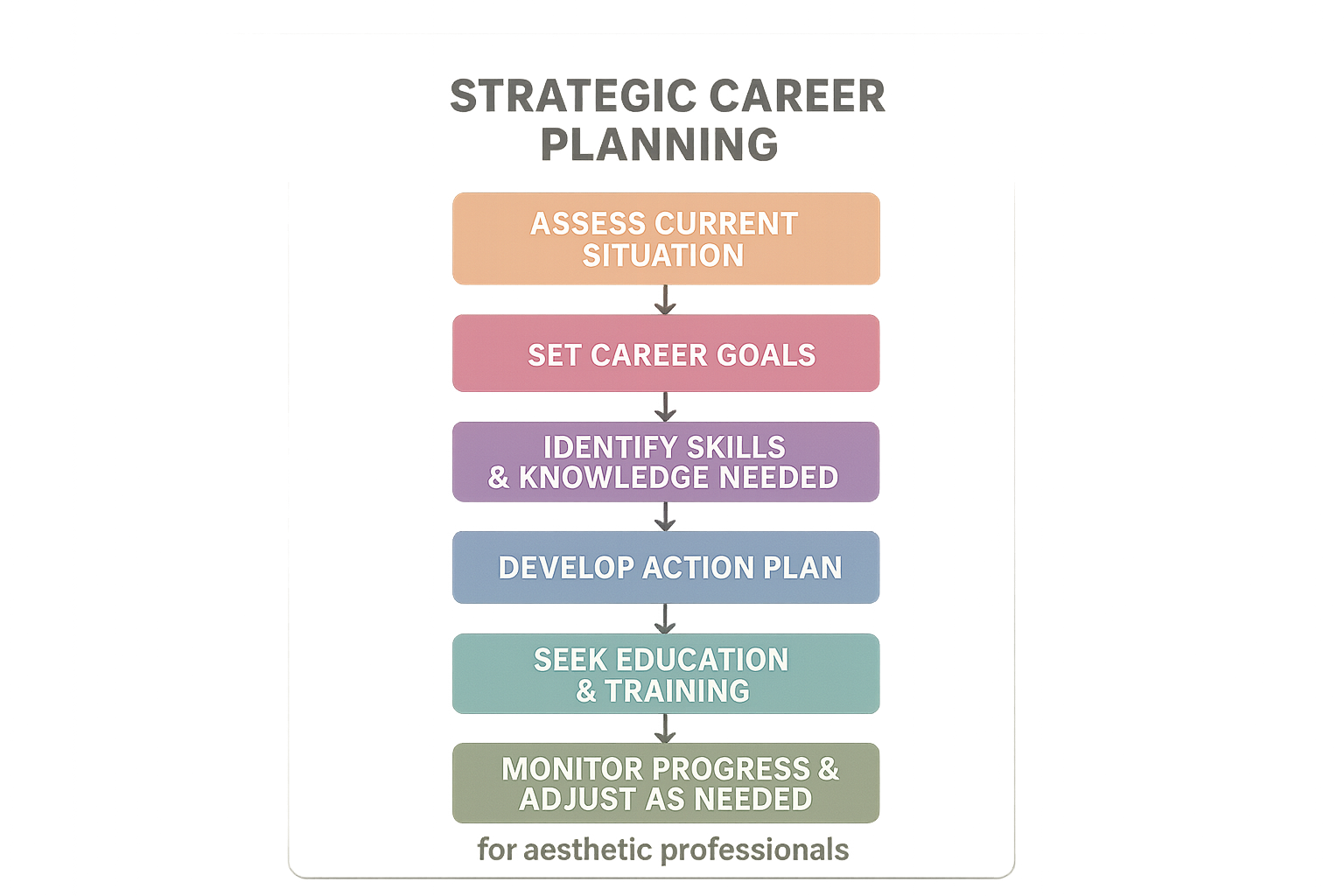The aesthetic medicine field is experiencing unprecedented growth, with ZipRecruiter reporting that aesthetic nurses earn an average of $80,321 annually, making it one of the most lucrative nursing specialties. Here’s what the industry surveys don’t tell you: the difference between entry-level and top-tier botox injector salary isn’t about experience alone – it’s about understanding the hidden multipliers that can triple your earning potential.
I’ve spent years analyzing what drives a competitive botox injector salary, and it requires looking beyond basic market averages to the strategic factors that separate high earners from those stuck at entry-level compensation. The practitioners making six figures understand something their peers don’t – success in this field demands business acumen alongside clinical skills.
Table of Contents
- Why Geography Determines Your Paycheck More Than Skills
- The Credential Game: Which Certifications Actually Pay Off
- Salary vs Commission: Choosing Your Compensation Path
- Market Changes That Are Reshaping Injector Pay
- Your Action Plan for Maximizing Earning Potential
- How ValidGrad Supports Your Professional Credibility
TL;DR
- Geographic location creates salary multipliers beyond cost of living – Beverly Hills injectors earn $200K+ while rural practitioners can surprisingly match urban salaries due to provider scarcity
- Advanced certifications in neurotoxin specializations and aesthetic fellowships add $30K-$50K annually to base compensation
- Commission-based models often outperform fixed salaries for high performers, with client retention bonuses doubling effective hourly rates
- Cross-training in dermal fillers typically adds 40-60% to base botox injector salary
- Subscription-based practices and concierge services command 200-300% premium rates over traditional clinic settings
- Technology adoption and social media influence create additional revenue streams and negotiating power
Why Geography Determines Your Paycheck More Than Skills
Location isn’t about cost of living adjustments – it’s about understanding salary multipliers that can make or break your earning potential. I’ve seen injectors move from $60K positions to $150K+ simply by understanding geographic market dynamics. This breaks down the coastal premium effects, rural-urban paradoxes, and emerging hotspots where smart injectors are positioning themselves for maximum compensation.
Geographic considerations become especially important when you’re evaluating whether pursuing additional education is worth the investment for your aesthetic medicine career trajectory. The botox injector salary potential varies dramatically based on location, and understanding these patterns helps you make informed decisions about where to build your practice.
The Coastal Money Machine: Where Premium Pays
Major metropolitan coastal areas create salary multipliers that compound beyond traditional market expectations. These markets don’t just pay more – they create entirely different compensation ecosystems where injectors can command premium rates based on clientele expectations and market positioning.
According to the U.S. Bureau of Labor Statistics, California offers the highest pay for all RNs at $66.20 per hour, or $137,690 a year, with San Francisco boasting the highest salaries at $83.83 per hour ($174,370 per year). These numbers represent the foundation, but botox injector salary potential in these markets extends far beyond basic nursing compensation.
Beverly Hills and the Ultra-High-End Game
Ultra-luxury markets represent the pinnacle of botox injector earning potential, where practitioners routinely earn $200,000+ annually. Success here isn’t about technical skills alone – it’s about understanding clientele psychology, maintaining exclusivity perception, and delivering experiences that justify premium pricing structures.
What makes someone worth $200K+ as a botox injector? I’ve worked with practitioners in Beverly Hills who charge $20-25 per unit when the national average sits around $12-15. Their clients aren’t paying for botox alone – they’re buying into an experience, a brand, and perceived exclusivity.
These markets reward injectors who understand luxury service delivery. You’re administering treatments while curating experiences for clients who view aesthetic procedures as lifestyle investments rather than medical treatments.
Consider Sarah, a Beverly Hills injector who transitioned from a $75K hospital position to earning $220K annually. Her secret wasn’t location alone – she developed expertise in high-end client consultation, learned to speak fluent “luxury wellness,” and built relationships with celebrity stylists who became referral sources. Her average client spends $2,500 per visit compared to the national average of $400-600.
Hidden Goldmines: Secondary Markets That Pay
Mid-tier cities often offer surprisingly competitive salaries ($80,000-$120,000) due to lower competition and growing demand from affluent suburban populations. These markets provide excellent opportunities for injectors seeking strong compensation without the intense competition of major metropolitan areas.
Don’t overlook cities like Austin, Nashville, or Charlotte. I’ve seen injectors earning $95K-$115K in these markets – sometimes more than their counterparts in supposedly “higher-paying” major cities. The competition is lighter, overhead costs are lower, and affluent suburban populations are driving serious demand.
Secondary markets often provide the sweet spot: decent injector salary without the crushing competition and sky-high living costs of major metros. You can build a substantial practice while maintaining work-life balance that’s nearly impossible in ultra-competitive markets.
The Rural-Urban Salary Flip
Counterintuitive salary patterns emerge where some rural areas offer competitive compensation due to provider scarcity and wealthy seasonal populations. Understanding these market dynamics can lead to unexpected opportunities for high compensation in less obvious locations.
Medical Tourism Hotspots You Haven’t Considered
Specific geographic locations where medical tourism drives injector salary above regional averages, often in unexpected places like resort towns or border cities. These markets create unique opportunities for injectors willing to think outside traditional practice settings.
Resort towns and border cities create fascinating salary anomalies. I know injectors in places like Jackson Hole or Key West earning $120K+ because wealthy tourists and seasonal residents drive demand far above what local demographics would suggest.
Medical tourism isn’t about international travel anymore. Domestic medical tourism – people traveling within the US for aesthetic procedures – is creating salary hotspots in unexpected places. These markets reward injectors who can adapt to seasonal fluctuations and diverse clientele.
How Telehealth Is Reshaping Geographic Boundaries
Virtual consultations are allowing injectors to serve multiple markets simultaneously, breaking down traditional geographic salary limitations and creating new opportunities for market expansion and income diversification.
Telehealth consultations are letting smart injectors serve multiple geographic markets. You can maintain a primary practice location while conducting virtual consultations for clients in other regions, effectively multiplying your market reach and earning potential.
The shift toward aesthetic medicine has accelerated dramatically, with “1,300 new med spas opening in the past year, according to the American Med Spa Association, with their average annual revenue coming in just shy of $2 million a year” according to Slate. This expansion creates opportunities for injectors who understand how to position themselves strategically.
Corporate Chains and Strategic Positioning
Large aesthetic chains use systematic salary standardization across markets, creating opportunities for strategic career positioning and understanding how corporate expansion affects local compensation structures.
Corporate aesthetic chains are standardizing salaries across markets, which creates interesting opportunities. Understanding their expansion strategies can help you position yourself in markets before they become saturated with providers. The early movers in these markets often secure the best compensation packages and client bases.
The Credential Game: Which Certifications Actually Pay Off
Professional qualifications create complex earning relationships that extend far beyond basic certification requirements. I’ll show you which credentials translate into measurable salary increases and which ones are expensive pieces of paper. The key is understanding multiplicative value rather than collecting certificates.
Professional advancement in aesthetic medicine often requires strategic documentation management, and many practitioners find they need to replace important credentials when expanding their practice across multiple locations. Having proper documentation becomes crucial when negotiating higher botox injector salary packages.
Advanced Certifications That Actually Move the Needle
Specialized training certifications translate into measurable salary increases and career advancement opportunities when chosen strategically. Some certifications provide immediate ROI while others offer long-term positioning advantages.
Experience significantly impacts earning potential, with Glassdoor reporting that aesthetic nurses with less than 1 year of experience earn an average of $90,000, while those with 15+ years earn $99,000, showing the importance of strategic career development beyond time in practice. However, the right certifications can accelerate this timeline dramatically, boosting injector salary potential regardless of years in practice.
Neurotoxin Specialization: Beyond Basic Botox
Advanced certifications in specific neurotoxin applications like migraine treatment and hyperhidrosis command premium rates and expand patient bases beyond traditional cosmetic applications. These specializations often provide both higher per-treatment rates and increased patient volume.
Migraine treatment certification changed everything for one injector I know. She went from standard cosmetic botox at $12/unit to medical botox treatments at $18-20/unit, plus insurance reimbursements. Her annual income jumped from $75K to $110K within 18 months.
Hyperhidrosis treatment is another goldmine. Patients with severe sweating issues will pay premium rates for effective treatment, and there’s less competition in this space compared to cosmetic applications. The medical necessity aspect also opens insurance coverage possibilities that cosmetic treatments can’t access.
| Specialization | Base Rate Increase | Insurance Coverage | Competition Level |
|---|---|---|---|
| Cosmetic Botox | $12-15/unit | None | High |
| Migraine Treatment | $18-22/unit | Often covered | Low |
| Hyperhidrosis | $16-20/unit | Partial coverage | Very Low |
| TMJ Treatment | $15-18/unit | Sometimes covered | Low |
Aesthetic Fellowship: The $50K Difference
Post-graduate fellowship programs create salary differentials of $30,000-$50,000 annually compared to standard-trained practitioners. These programs provide both advanced technical skills and professional credibility that justify premium positioning in the market.
Aesthetic fellowships represent serious investment – both time and money – but the ROI is substantial. Fellowship-trained injectors consistently command higher salaries and have better negotiating positions when joining practices.
The fellowship credential also opens doors to teaching opportunities, speaking engagements, and consulting work that can add significant income streams beyond direct patient care. I’ve seen fellowship graduates transition into roles that combine clinical work with education, often earning $150K+ annually.
Cross-Training: The Multiplier Effect
Combining botox expertise with complementary skills creates exponential earning potential rather than linear increases. Strategic skill combination allows injectors to offer comprehensive treatment packages and justify premium pricing structures.
When pursuing advanced certifications, practitioners often need to maintain proper documentation across multiple specialties, making it essential to understand proper certificate display protocols for professional credibility. Proper presentation of credentials directly impacts patient confidence and your ability to command premium rates.
Dermal Fillers: The 40-60% Salary Boost
Mastering both botox and filler techniques typically adds 40-60% to base compensation by allowing practitioners to offer comprehensive facial rejuvenation treatments and capture more value per patient visit.
Filler training isn’t an add-on skill – it’s a salary multiplier. Injectors who master both botox and fillers can offer comprehensive facial rejuvenation, increasing average treatment values from $400-500 to $800-1200 per session. This directly impacts your botox injector salary by expanding service offerings and patient value.
The learning curve for fillers is steeper than botox, but the financial rewards justify the investment. You’re positioning yourself as a comprehensive aesthetic provider rather than a single-service practitioner.
Maria, a nurse injector in Dallas, saw her annual income increase from $68K to $105K within one year of completing advanced filler training. Her secret was packaging botox and filler treatments together, creating $1,200 “full-face rejuvenation” sessions that clients preferred over piecemeal treatments. The convenience factor allowed her to charge premium rates while providing better patient outcomes.
Laser Therapy Integration
Adding laser treatments to botox services creates comprehensive aesthetic packages that justify premium pricing structures and allow practitioners to address multiple patient concerns in single visits, increasing both convenience and revenue.
Laser therapy integration creates treatment packages that command premium pricing. Instead of offering botox alone, you’re providing comprehensive skin rejuvenation solutions that can justify $1500-2500 treatment packages. The technology investment pays for itself through increased per-patient revenue and improved treatment outcomes.
Salary vs Commission: Choosing Your Compensation Path
Understanding the fundamental differences between compensation models and their long-term financial implications is crucial for maximizing your botox injector salary potential. Each model offers different risk-reward profiles and suits different career stages and personality types.
The compensation structure you choose can make or break your earning potential. I’ve seen identical practitioners with similar skills earn vastly different injector salary amounts based solely on their compensation model choice. Understanding these differences helps you make informed decisions about your career trajectory.
Commission-Based Models: High Risk, High Reward
Percentage-based compensation can dramatically outperform fixed salaries for high-performing injectors, but requires understanding the underlying business metrics and client retention strategies that drive success in these models.
Industry compensation structures typically target 18% – 22% of overall production for nurse injector compensation, meaning if a provider produces $50,000/month, appropriate take-home pay would be between $9,000 and $11,000 for that month. This framework provides a baseline for evaluating commission opportunities and understanding your earning potential.
Client Retention Bonuses: Doubling Your Effective Rate
Sophisticated compensation structures reward long-term client relationships with escalating bonus percentages, often doubling effective hourly rates for injectors who excel at building lasting patient relationships and maintaining high satisfaction scores.
Client retention bonuses can be game-changers. I’ve seen compensation structures where injectors earn 30% commission on initial treatments, 40% on repeat clients within six months, and 50% on clients who maintain regular treatment schedules for over a year.
Building a loyal client base becomes incredibly lucrative under these models. Your effective hourly rate can double or triple as you develop long-term relationships with regular patients. The key is understanding that aesthetic medicine is a relationship business, and compensation structures that reward relationship-building align with long-term success.
| Compensation Model | Base Rate | Performance Bonus | Annual Potential | Risk Level |
|---|---|---|---|---|
| Fixed Salary | $35-45/hour | Limited | $75K-95K | Low |
| Commission Only | 25-35% | High | $80K-150K+ | High |
| Hybrid Model | $25-35/hour | 15-25% | $85K-130K | Medium |
| Retention Bonus | 20-30% | 40-50% repeat | $90K-180K+ | Medium-High |
Product Sales Integration
Additional revenue streams through skincare product sales and treatment packages can add $20,000-$40,000 annually to base compensation, particularly for injectors who develop expertise in comprehensive skincare consultation and product recommendation.
Product sales might seem like small change, but they add up quickly. Injectors who develop expertise in skincare consultation can earn $20K-$40K annually from product recommendations and sales commissions alone.
The key is becoming genuinely knowledgeable about skincare, rather than pushing products. Clients trust injectors who provide comprehensive aesthetic guidance, and that trust translates into product sales. This additional revenue stream can significantly boost your overall injector salary without requiring additional treatment time.
Equity Participation: The Long-Term Play
Partnership and ownership models transform injectors from employees to business owners with unlimited earning potential, though they require different skill sets and risk tolerance compared to traditional employment arrangements.
From Employee to Owner: The $300K+ Path
Structured pathways from employee to partner to owner show corresponding salary evolution from $75,000 to $300,000+ annually, but require understanding business operations, marketing, and financial management beyond clinical skills.
Practice ownership represents the highest earning potential for botox injectors. I know practice owners earning $300K-$500K+ annually, but they’re running businesses, providing treatments. The transition from employee to owner requires developing business skills that many clinicians don’t initially possess.
Marketing, financial management, staff supervision, and regulatory compliance become part of your daily responsibilities. The injector salary potential is unlimited, but so are the responsibilities and risks associated with business ownership.
Dr. Jennifer’s transition from employee injector to practice owner took three years and strategic planning. Starting at $85K as an employee, she negotiated a partnership track, spent two years learning business operations, and now owns two locations generating $450K annually in personal income. Her key insight: “I had to become equally skilled at running a business as I was at injecting patients.”
Market Changes That Are Reshaping Injector Pay
Emerging trends and technologies are creating new opportunities for strategic career positioning while disrupting traditional compensation structures. Understanding these changes early allows injectors to position themselves advantageously before markets become saturated.
The industry is experiencing a significant shift as “roughly 34 percent of nurses say they want to leave their current job by the end of the year, according to a survey from Incredible Health”, creating opportunities for aesthetic nurses to fill gaps in traditional healthcare while building lucrative careers in medical aesthetics. This exodus is driving up injector salary potential across all markets.
The Subscription Revolution
Membership-based aesthetic practices create predictable revenue streams that enable higher base salaries for injectors while providing clients with cost-effective treatment options and practices with stable cash flow.
Subscription models are changing how practices operate and compensate injectors. When practices have predictable monthly revenue from membership fees, they can offer higher base salaries and more stable compensation packages. This model benefits both practitioners and patients by creating predictable costs and consistent care relationships.
Concierge Services: 200-300% Premium Rates
High-end practices offering in-home or exclusive services command 200-300% premium rates over traditional clinic settings, though they require different operational models and client relationship management approaches.
Concierge aesthetic services are exploding. In-home botox treatments command $25-30 per unit compared to $12-15 in traditional clinics. The convenience factor allows for premium pricing that clients willingly pay, directly impacting your earning potential.
Mobile aesthetic services require different operational considerations – insurance, equipment transport, scheduling flexibility – but the financial rewards can be substantial for injectors willing to adapt their practice model. I’ve seen mobile injectors earn $150K+ annually working fewer hours than their clinic-based counterparts.
Technology Integration Advantages
Embracing new technologies creates competitive advantages that translate into higher compensation through improved efficiency, better patient outcomes, and premium positioning in the marketplace.
AI-Assisted Treatment Planning
Early adopters of aesthetic AI technology position themselves as premium providers with corresponding salary increases by offering more precise treatment planning and better patient outcome prediction.
AI-assisted treatment planning is still emerging, but early adopters are positioning themselves as premium providers. Clients appreciate the precision and predictability that technology-assisted planning provides, and they’re willing to pay premium rates for these enhanced services.
The technology also improves efficiency and outcomes, allowing injectors to see more patients while maintaining high satisfaction rates – a combination that drives both volume and premium pricing. This technological edge can significantly boost your botox injector salary through improved productivity and premium positioning.
Social Media Influence: The Modern Marketing Tool
Building personal brands through social media creates additional revenue streams and negotiating power for higher base salaries by demonstrating market value and patient attraction capabilities to potential employers.
Social media influence has become a legitimate factor in injector compensation negotiations. Practitioners with strong Instagram followings or TikTok presence can command higher salaries because they bring marketing value to practices.
Building social media presence takes time and consistency, but it creates multiple revenue streams – sponsored content, product partnerships, and increased patient attraction – beyond treatment income. I know injectors who earn $30K-$50K annually from social media activities alone, on top of their clinical income.
Your Action Plan for Maximizing Earning Potential
Strategic career planning requires systematic analysis of market opportunities, credential development, and compensation model evaluation. This actionable framework helps injectors make informed decisions about geographic positioning, skill development, and career progression to maximize their botox injector salary potential.
Strategic career planning often requires maintaining multiple professional credentials across different states or specialties, making it crucial to understand replacement diploma services for seamless practice transitions. Having backup documentation ensures that credential issues never interrupt your earning potential.
Geographic market analysis should be your first step. Research salary ranges in target markets, but look beyond basic cost of living calculators. Consider factors like provider competition, demographic trends, and emerging market opportunities that could impact your long-term earning potential.
Career Advancement Checklist:
- ☐ Research salary ranges in 3-5 target markets
- ☐ Identify credential gaps that limit earning potential
- ☐ Evaluate current compensation model effectiveness
- ☐ Assess technology adoption opportunities
- ☐ Develop 12-month skill development plan
- ☐ Build professional network in target markets
- ☐ Create social media presence strategy
- ☐ Investigate ownership/partnership opportunities
Credential stacking requires strategic thinking. Don’t collect certifications – choose ones that create multiplicative value. Advanced neurotoxin specializations, aesthetic fellowships, and complementary skills like dermal fillers provide the best ROI for your time and financial investment.
Compensation model evaluation means understanding your risk tolerance and career goals. Commission-based models offer higher earning potential but require business development skills. Salary positions provide stability but may limit upside potential. The right choice depends on your personality, financial situation, and career stage.
Technology adoption should be proactive, reactive. Stay informed about emerging technologies and consider early adoption when it makes strategic sense. Being known as a technology-forward practitioner creates competitive advantages that translate directly into higher compensation.
Personal brand development supports all other strategies. Whether through social media, professional speaking, or community involvement, building your professional reputation creates negotiating leverage and additional revenue opportunities that compound over time.
How ValidGrad Supports Your Professional Credibility
Professional credibility in aesthetic medicine requires maintaining proper documentation and credential display, particularly in a field where patients scrutinize practitioner qualifications. ValidGrad’s services help aesthetic professionals maintain professional presentation standards that directly impact patient confidence and earning potential.
Professional presentation becomes especially critical when building a high-end aesthetic practice, and practitioners often need to understand proper diploma display techniques to maintain the luxury atmosphere that justifies premium pricing. The visual presentation of your credentials directly impacts patient confidence and your ability to command premium rates.
The aesthetic medicine field places enormous emphasis on visible credentials and professional presentation. Patients scrutinize practitioner qualifications more carefully than in many other medical specialties, making credential display crucial for building trust and justifying premium pricing.
ValidGrad specializes in creating replacement diplomas and transcripts for professionals who need backup copies for multiple practice locations, quick replacement of damaged credentials, or professional presentation materials. In aesthetic medicine, where regulatory bodies require documentation verification and patients expect visible proof of qualifications, having readily available backup copies becomes essential.
Lost or damaged credentials should never become barriers to maximizing your botox injector salary potential. Professional-quality replacement documents ensure that credential display supports rather than hinders your earning capacity. When you’re competing for high-paying positions or building a premium practice, every detail matters.
Ready to ensure your credentials support your career goals? Contact ValidGrad today to discuss your professional documentation needs.
Final Thoughts
Maximizing botox injector salary requires understanding the complex interplay of geographic markets, credential value, compensation structures, and emerging industry trends. Success comes from strategic positioning rather than clinical competence alone, with the highest earners combining technical skills with business acumen and market awareness.
The botox injection field offers substantial earning potential, but maximizing that potential requires strategic thinking beyond clinical competence. Geographic positioning, credential development, compensation model selection, and technology adoption all play crucial roles in determining your ultimate earning capacity.
Success in this field increasingly depends on understanding business dynamics, medical techniques. The highest-earning injectors combine clinical excellence with market awareness, business acumen, and strategic career positioning. They understand that aesthetic medicine is both a medical specialty and a business, and they develop skills in both areas.
Market conditions continue evolving rapidly, creating both opportunities and challenges for aesthetic practitioners. Staying informed about industry trends, maintaining professional credibility, and adapting to changing patient expectations will determine long-term success in maximizing your earning potential in this dynamic and lucrative field.
[Keywords to Include:]
[Content Summary:]

